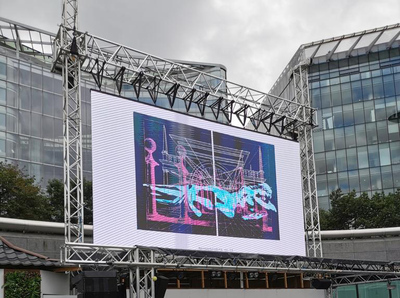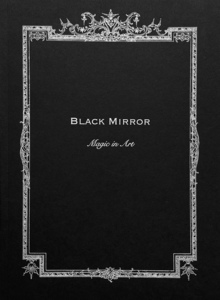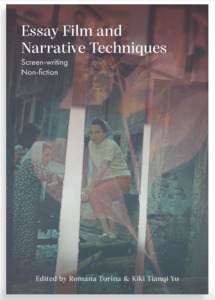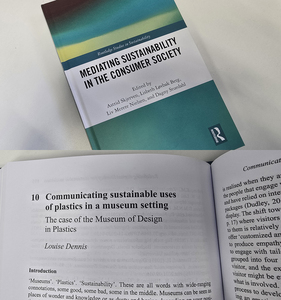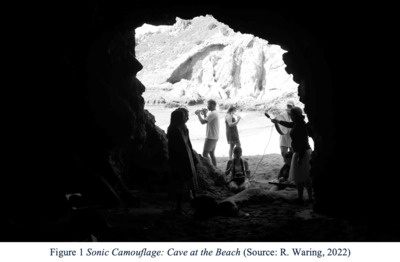Taking plants of Malabar (present day Kerala, India) as its principal concern, the project, Sensing and Presencing Rare Plants through Contemporary Drawing Practice (Leverhulme Research Fellowshipm 2017-20) engages with and navigates through three distinct but interconnected historical and contemporary sites of knowledge:
- First, the extraordinary twelve-volume seventeenth century illustrated treatise on the flora of Malabar, Hortus Malabaricus, and its twenty-first century English translation
- Second, historical herbaria in Edinburgh and Oxford housing fragile examples of specimens described in the aforementioned publications, and brought to Britain during the seventeenth, eighteenth and nineteenth centuries.
- Third, remote areas of moist deciduous rainforest of Malabar, the centuries-old protection of which has ensured the survival of some of the rarest plants.
The objectives are:
- Establish an original discourse that aims to bridge debates on contemporary drawing, materiality and the vulnerable nature of plant life;
- Enhance an understanding of the vulnerabilities and resilience of rare plants through research at the interstices of fine art, botany and plant science, museology and cultural geography.
Plants have been a ‘currency’ of empires, their collection and distribution having had huge social, cultural and political implications. Today, thousands of plant species are identified as endangered or possibly extinct, while bans on the transportation of plant specimens guard against bioprospecting and biopiracy. This, together with significant ongoing interest in drawing in the expanded field, and in the sensory and embodied experience of museum objects, opens a clear position for research investigating the relationships between rare plant life, drawing and herbaria.
Historically, drawing has been intrinsically connected to the collection and preservation of plants as a vehicle for scientific description and identification. With sophisticated digital visualisation technologies now occupying this central position, the proposed project asserts that contemporary art practices, especially those concerned with themes of ephemerality, are renewing the inspirational basis of botanical illustrations and specimens.
Building on Bowen’s previous extensive research in drawing and states of flux, this project links the extraordinary ephemerality of the natural world to a broader theoretical concern with, as David Howes has written the ‘multiple ways in which culture mediates sensation’. Hortus Malabaricus is remarkable for its in-depth description of Malabar’s plants provided a unique springboard for this investigation. At Edinburgh and Oxford herbaria, investigation of preserved examples of these species generated drawings reflecting the impact of conservation methods, and systems of storage, classification and labelling. Field visits to plant science research facilities and Gurukula Botanical Sanctuary, based in the bio-diverse South Indian rainforest, incrementally expanded an understanding of the ontological status of plant specimens in relation to site, whilst interdisciplinary methods offered new ways to engage with herbaria and navigate through protected areas of remote rainforest. This enabled consideration of how dialogue between science and art might be reflected through the conceptual and material aspects of the resulting art works, and the nature of their reception.
The output, outcomes and dissemination included:
i. An exhibition with gallery talks invited exploration of, and critical reflection on, the research by both specialist and non-specialist audiences, providing opportunities for future research and dialogue. The exhibition was staged at Inverleith House, Royal Botanic Garden Edinburgh in 2020.
ii. A closing conference offered a platform to review and extend the agenda of fine art practice-led research. Speakers included: Professor Andrew Patrizio, Edinburgh College of Art; Dr Ian Patterson, University of Cambridge; Dr Henry Noltie, RBGE; Joel Fisher and Dr Sarah Casey, LICA. It is anticipated that the papers presented will be published as a collection of texts through Northern Print, Newcastle.
iii. Reflective texts and visual documentation of the project and its dissemination through exhibition and conference papers, were published by Royal Botanic Garden Edinburgh and linked to social media platforms. The content of the seminars and wider critical themes were articulated, giving academics, practitioners and publics, nationally and internationally, the opportunity to engage with core ideas and outputs.
iv. Core issues which were discussed by Bowen through a conference paper, web article and video interview (University of Oxford) and journal article (DRTP, Intellect Publications).
 |



 Lists
Lists Lists
Lists![Exhibition installation, Sensing and Presencing Rare Plants through Contemporary Drawing Practice [thumbnail of Exhibition installation, Sensing and Presencing Rare Plants through Contemporary Drawing Practice]](https://research.aub.ac.uk/5/1.haslightboxThumbnailVersion/L1160720_RS.jpg)
![L1160530_RS.jpg [thumbnail of L1160530_RS.jpg]](https://research.aub.ac.uk/5/2.haslightboxThumbnailVersion/L1160530_RS.jpg)
![L1160089_RS.jpg [thumbnail of L1160089_RS.jpg]](https://research.aub.ac.uk/5/3.haslightboxThumbnailVersion/L1160089_RS.jpg)
![L1150395_RS.jpg [thumbnail of L1150395_RS.jpg]](https://research.aub.ac.uk/5/4.haslightboxThumbnailVersion/L1150395_RS.jpg)
![L1160760_RS.jpg [thumbnail of L1160760_RS.jpg]](https://research.aub.ac.uk/5/5.haslightboxThumbnailVersion/L1160760_RS.jpg)
![L1160772_RS.jpg [thumbnail of L1160772_RS.jpg]](https://research.aub.ac.uk/5/6.haslightboxThumbnailVersion/L1160772_RS.jpg)
![L1170051_RS.jpg [thumbnail of L1170051_RS.jpg]](https://research.aub.ac.uk/5/7.haslightboxThumbnailVersion/L1170051_RS.jpg)
![2.jpg [thumbnail of 2.jpg]](https://research.aub.ac.uk/5/8.haslightboxThumbnailVersion/2.jpg)
![3.jpg [thumbnail of 3.jpg]](https://research.aub.ac.uk/5/9.haslightboxThumbnailVersion/3.jpg)
![4.jpg [thumbnail of 4.jpg]](https://research.aub.ac.uk/5/10.haslightboxThumbnailVersion/4.jpg)


